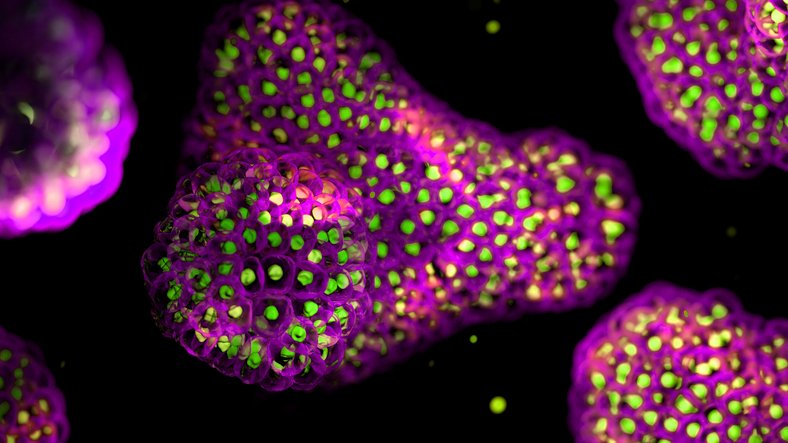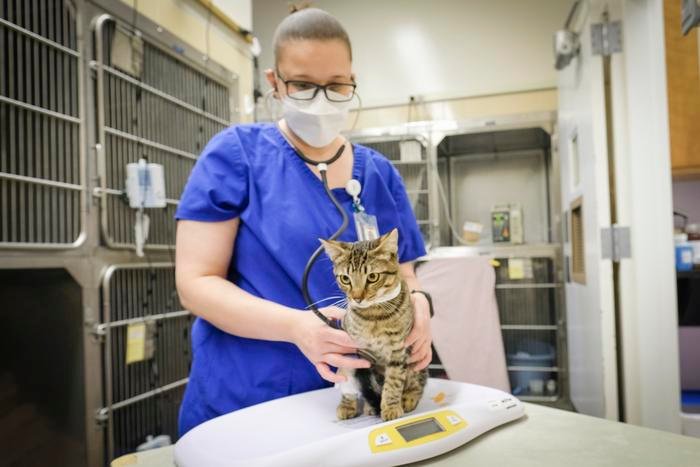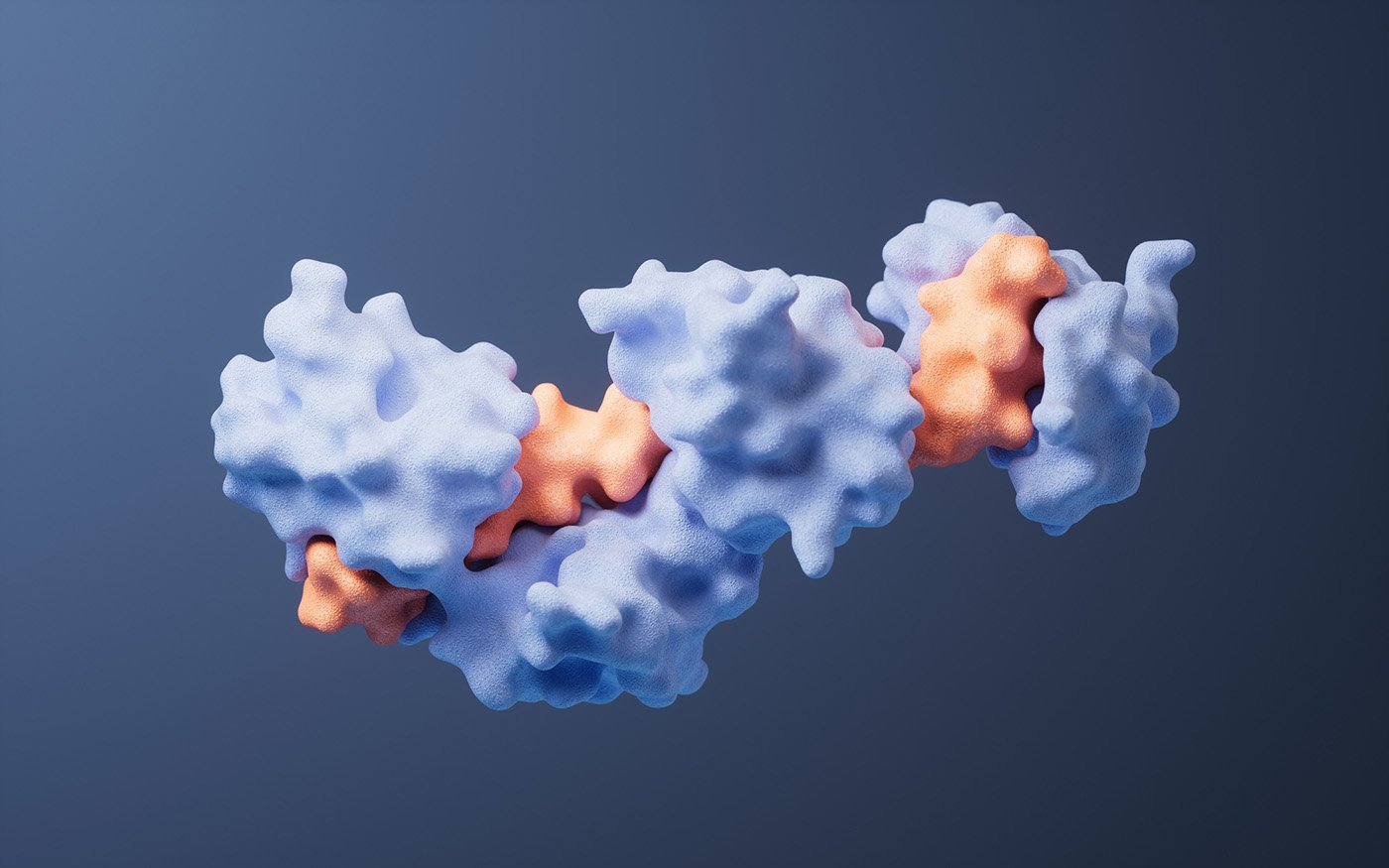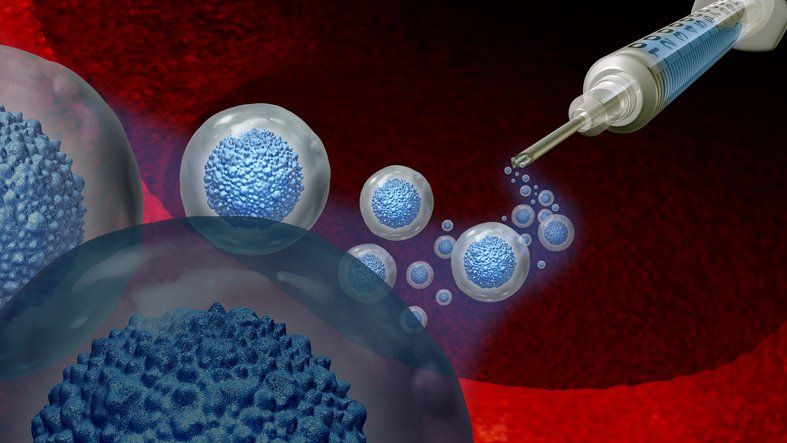The two recent announcements by FDA and NIH are the catalyst needed to jump start biotech productivity through the adoption of New Approach Methodologies (NAMs):
- April 10, 2025: FDA released a roadmap that provided a regulatory pathway for developers to replace animal models in preclinical monoclonal antibody development (mAb) development, laying the groundwork for broader guidance.
- April 29, 2025: NIH created a new office to “develop, validate, and scale the use of non-animal approaches…”
These announcements build upon more than a decade of work by worldwide regulators to improve the modeling of human biology and reduce the use of animal models:
- 2009: International Cooperation on Alternative Test Methods is established between US, EU, Japan, and Canada
- 2018: Interagency Coordinating Committee on the Validation of Alternative Methods published its Strategic Roadmap for establishing US NAMs
- 2021: European parliament passed a resolution to reduce animal testing, with the ultimate goal of “the full replacement of procedures on live animals…as soon as it is scientifically possible to do so.
While limited in near-term scope, April’s FDA and NIH moves are a clear shift toward abating the regulatory concerns of therapeutic developers. Addressing these concerns is the catalyst needed for broad NAM adoption, in turn creating a more predictable and productive drug development industry, potentially reversing the trend of ever-increasing development costs and timelines. As a result of these announcements, board rooms of biotechnology companies around the world are reigniting the discussion of “how can we accelerate adoption of these technologies to improve our development processes?”
The elephant in the room
Drug development is massively hampered. On average, it costs $200 million to develop a therapeutic from discovery to approval.1 When incorporating the cost of failures, this number balloons to $650 million as the likelihood that a therapeutic entering Phase I will make it to approval is under 10%.2-4

Additionally, it takes developers a median of 10 years to complete the clinical and regulatory work for therapeutic development alone. High costs, long timelines, and high failure rates are primary contributors to the reduced investor interest in funding biotechnology projects outside of high-value disease areas (e.g., oncology) and we are seeing the impact in clinical trial starts, which have largely plateaued.


Given the extreme nature of the time, cost, and success rate, improvement in any area would materially improve the ROI math for investors and unlock additional funding.
NAM adoption promises to improve all three.
The pitfalls of animal models
All therapeutics that enter in-human studies have already been shown to be safe and efficacious in animals. However, unexpected safety and efficacy issues are the predominant causes for clinical failures, implying a translational issue from preclinical development to the clinic.
There are many explanations for the translational gap, but a large contributor is that animal models are simply not representative enough of human biology.
NAMs can bridge much, if not all, of the gap between animal models and actual human biology.
NAMs enable better science
On the in vitro side of NAMs, microphysiological systems (MPS) are built upon actual tissues of the biological systems that they are attempting to mimic, foundationally standing on much firmer ground than using animal tissues as models of human biology.

Up until the early 2000s, these systems were limited to donor-derived samples, but remarkable progress has been made by scientists over the past 25 years, especially within the development of induced pluripotent stem cells (iPSCs), a critical component of many of today’s in vitro NAMs.
Researchers are now able to produce dozens of human cell types from iPSCs and over the past decade, developers have been combining multiple cell types and structures into complex 3D models of parts, or even whole, organs and organ systems. It is worth highlighting how far the industry has come in the past two decades. It was only in 2006 when Yamanaka and Takahashi first demonstrated iPSC generation. Swiftly thereafter, in 2009, researchers developed the first 3D organoid, then in 2013 came the first brain organoid, and 2018 saw the first organoid-based drug screening to generate efficacy data.
The technical data from these systems are already promising:
- 2016: Hepatocyte MPS demonstrated as an effective tool for evaluating species metabolism relative to humans5
- 2018: Chemically defined spheroids used to test 123 drugs successfully detected 69% of all hepatotoxic compounds without producing any false positive results (100% specificity), exceeding both sensitivity and specificity of all previously published in vitro assays at substantially lower exposure levels6
- 2022: Emulate published data showing that their human liver MPS could reduce the number of potentially toxic drugs entering clinical trials by 11%7
On the in silico side, while more nascent, similar strengths have been demonstrated. AI for drug discovery has taken off quickly, with an early 2022 analysis showed that “AI companies appear to have a combined pipeline equivalent to 50% of the in-house discovery and preclinical output of ‘big pharma.’” In 2023, the FDA released final guidance for the use of computer models in medical device submissions (original draft guidance published in December, 2021). Today, there are more than 2,000 ongoing trials that include an artificial intelligence component (clinicaltrials.gov) and there have been over 100 papers published since the beginning of 2023 that reference “artificial intelligence in drug discovery.”8
Early adopters driven by data
With more human-relevant data, NAMs can help identify toxic or ineffective compounds earlier, reducing the number of failed clinical trials and saving hundreds of millions of dollars per drug. Additionally, NAMs can replace or reduce the need for lengthy and expensive animal studies, lowering preclinical costs by up to 40% depending on the drug and disease area. However, many developers currently view NAMs as likely to be more expensive as they will likely run animal tests in parallel to reduce regulatory risk.
Early adoption has already started but remains limited:
- 2020: FDA approved an IND for Sanofi sponsored therapeutic utilizing data from Hesperos’s Human-on-a-Chip® MPS; progressed to Phase III in April 2025
- 2020: Sumitomo’s DSP-1181 became the first AI-designed compound to enter the clinic after being designed in <12 months using in silico tools from Exscientia
- “A 2023 survey by Molecular Devices revealed that nearly 40% of scientists rely on complex human-relevant models like organoids, with their use expected to double by 2028”
- During an FDA workshop, a representative from Pfizer described their use of MPS hepatocyte data as part of an IND submission. The meeting report notes: “Importantly, IND submission of in vitro metabolism data obtained using the MPCC hepatocyte system for the investigated clinical compound was accepted without query, demonstrating receptiveness of advanced in vitro model data on the part of the regulators.”9
The missing link: regulatory certainty
One of the biggest barriers to the adoption of any new biotechnology tool is validation and regulatory clarity. Therapeutic developers are unlikely to rely on any technology that they believe may add regulatory risk to an already extremely risky process.
For the adoption of NAMs, the theoretical cost savings in both the short term (animal studies are expensive) and long term (higher probability of clinical success) can’t be realized without clear regulatory guidance. Until then, developers must weigh the risk of submitting NAM data to regulators who may then require them to go and run animal studies anyway.
This is why the recent announcements are so critical. They come as the FDA Modernization Act 3.0 is moving through Congress, which builds upon 2.0 by requiring FDA to establish formal frameworks for the adoption of non-animal methods of drug evaluation. While, the release of the FDA framework may be an effort by the agency to get ahead of the new requirements, the timing indicates a clear prioritization of guidance for developers.
Together, the FDA and NIH policies send a strong signal to pharma of where things are heading. While each has a limited scope, there is a clear direction. The murmurings of industry have turned into a roar since the policy releases with everyone waiting anxiously to see how these tools may be implemented. If the FDA, NIH, and the US Congress are looking to FDA to provide more color. We may be on the precipice of adoption.
Eliminating scientific and operational barriers to NAMs
Before the full potential of NAMs can be unlocked, several technical and operational barriers need to be addressed. These include the limited pool of critical subject matter experts; the low throughput of existing MPS; and poor reliability and reproducibility due to a lack of standardization, validation, and quality controls.10
Additionally, in silico systems have a particularly long way to go within safety screening as “there is no current AI technology that can predict the clinical safety of a drug candidate better than the 89% predictive failure rate of animal testing.”11
The announcements from FDA and NIH are the first signs of a leap forward in the journey toward better biological models and away from crude and sometimes cruel animal testing. While more work is needed, these announcements have the potential to catalyze the changes needed to address the dire state of the current drug development regime.
But for NAMs to truly transform drug development, government must continue building out the regulatory regime, sponsors and their financial backers must take some risk and embrace the long-term promise of NAMs, and NAM developers must continue to invest in their tools to overcome the technical challenges that still exist.
The promise of safer, faster, and more ethical drug development is within reach.
Daniel Friedman is a principal at BroadOak Capital Partners, an investment firm in the biotools and pharma services space. Daniel is on the board of directors at PBS Biotech and Precision Cell Systems. The opinions expressed belong solely to the author and do not necessarily reflect the views of the GEN team.
For a different viewpoint and perspective see GEN “Why We Still Need Animal Research in a World of AI and Organoids.”
References:
1Sertkaya A, Beleche T, Jessup A, Sommers BD. Costs of Drug Development and Research and Development Intensity in the US, 2000-2018. JAMA Network Open. 2024;7(6). doi:https://doi.org/10.1001/jamanetworkopen.2024.15445
2Capital costs add another $500 million, bringing the total to over $1 billion. These costs are multiplicative, so they would be reduced by decreasing the cost of trials and number of failures.
3Rupaimoole R, Slack FJ. MicroRNA therapeutics: towards a new era for the management of cancer and other diseases. Nature Reviews Drug Discovery. 2017;16(3):203-222. doi:https://doi.org/10.1038/nrd.2016.246
4Global Trends in R&D 2025. https://www.iqvia.com/insights/the-iqvia-institute/reports-and-publications/reports/global-trends-in-r-and-d-2025. Published 2025. https://www.iqvia.com/insights/the-iqvia-institute/reports-and-publications/reports/global-trends-in-r-and-d-2025
5Ballard TE, Wang S, Cox LM, et al. Application of a micropatterned cocultured hepatocyte system to predict preclinical and human-specific drug metabolism. Drug Metab Dispos. 2016;44(2):172-179. doi:10.1124/dmd.115.066688
6Gorrink SU, Zhou Y, Ingelman-Sundberg M, Lauschke VM. Prediction of drug-induced hepatotoxicity using long-term stable primary hepatic 3D spheroid cultures in chemically defined conditions. Toxicol Sci. 2018;163(2):655-665. doi:10.1093/toxsci/kfy058
7Ewart L, Apostolou A, Briggs SA, et al. Performance assessment and economic analysis of a human Liver-Chip for predictive toxicology. Commun Med. 2022;2:154. doi:10.1038/s43856-022-00209-1
8Google Scholar. Google.com. Published 2025. Accessed June 19, 2025. https://scholar.google.com/scholar?q=allintitle%3A+%22Artificial+intelligence+in+drug+discovery%22&hl=en&as_sdt=0%2C6&as_vis=1&as_ylo=2023&as_yhi=
9Baran SW. Perspectives on the evaluation and adoption of complex in vitro models in drug development: Workshop with the FDA and the pharmaceutical industry (IQ MPS Affiliate). ALTEX. 2022;39(2):297–314. doi:10.14573/altex.2112203
10National Academies of Sciences, Engineering, and Medicine. New Directions for Chemical Engineering. Washington, DC: The National Academies Press; 2022. doi:10.17226/26342
11Bentwich I. Pharma’s Bio-AI revolution. Drug Discovery Today. Published online February 2023:103515. doi:https://doi.org/10.1016/j.drudis.2023.103515
The post Recent NAM Guidelines Provide Much-Needed Step toward a More Productive Biotechnology Industry appeared first on GEN – Genetic Engineering and Biotechnology News.




